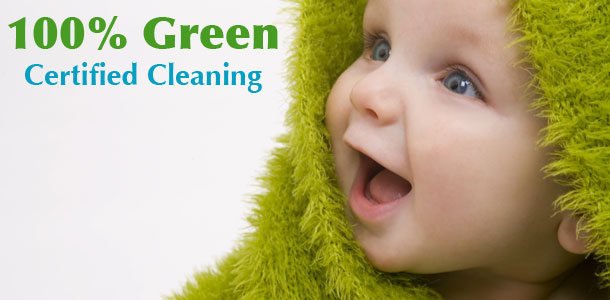If your home was recently affected by fire, we offer our
deepest sympathies. We understand how stressful a home fire can be, how
frightening, and how much damage can be done in such a short amount of
time.
Just as difficult as coping with the emotional stress of a
fire is cleaning up the damage when the smoke has cleared. Depending on
the size and duration of the blaze, you may have damage to furniture,
clothing, and the structure of your home. However, one of the major
issues that arises for families who have experienced home fires is smoke
damage. The charring residue that sits on your walls can be difficult
to remove, a painful memory of a stressful incident that will affect
your property value and the ambiance of your home until removed.
ServiceMaster Restoration’s
team is highly skilled at removing smoke damage from your walls. It’s
one of the many services we are proud to provide. However, if you’re a
strong-minded DIY-type, we respect that and want to advise you as best
we can. Here are a few insider tips for removing smoke residue and
charring from your walls, for good.
The first thing to understand about smoke damage is that
there are differing levels of damage. Black marks and discoloration,
soot residue, and charring (or areas where paint has burned) are all
issues that will need to be treated specifically. If charring has gone
deep on flat-painted walls, you may need to call a professional to help
you complete the job. However, if the issue presents as mild charring
and smoke discoloration on a satin or semi-gloss finish, your efforts
have a better chance of success.
You will need:
-
A large sponge
-
2 buckets
-
Goggles
-
Clean rags
-
Warm water
-
Trisodium Phosphate (TSP) cleaner
-
Heavy duty rubber gloves
Be sure to protect your hands with gloves and eyes with
goggles, as TSP can cause severe skin and eye irritation if contact is
made.
Cleanup Time
First, fill your bucket with one gallon of warm water with a
heaping tablespoon of TSP cleaner. Put on your gloves and goggles and
wet a sponge in the TSP solution. Begin wiping your wall or ceiling
vigorously, working on a single section at a time and applying enough
pressure to scrub the area.
Rinse the scrubbed area by dipping a rag in
clean water and wiping the area down. Follow this process until the
entire affected area has been cleaned.
Depending on the extent of the damage, you may need to wash
and rinse a few more times. However, be sure to avoid over-saturating
your walls, as doing so may cause water to leak between your walls and
baseboard, or into the drywall, where mold and mildew can develop and
undermine your home’s structural integrity.
Finally, once you have gone over the affected areas as many
times as necessary, be sure to prime your walls and ceilings and
repaint, for a completely refreshed look.
Removing smoke damage from your home is not for the faint
of heart. However, with the right cleaners, tools, and a proactive
attitude, you can remove all evidence of your recent home fire.
Questions? Need help? Don’t be afraid to reach out to a professional. We’re here to make your life easier.
Call us on 316.413.5738 for Fire Smoke Damage Removal Services in Wichita or Visit us at ServiceMaster Restoration Wichita.


